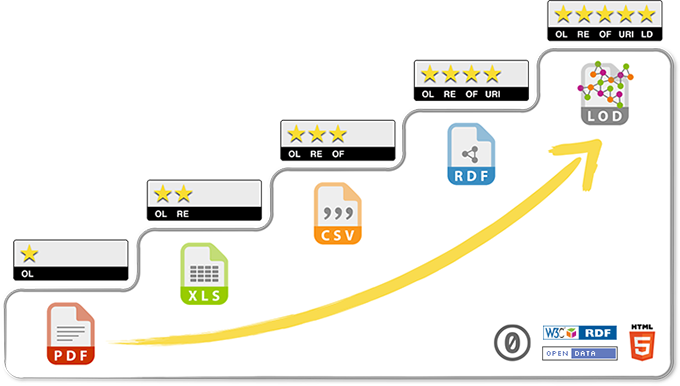o con el grado de propósito requerido. Más preocupante aún, la mayor parte de las
políticas de diseño que continúan a nivel de la economía y el Estado descansan,
cómodamente, en el mismo orden epistémico y cultural que creó los problemas
que buscan resolver. Por eso una de las cuestiones más importantes que tiene
que abordar el pensamiento radical del diseño es cómo ir más allá de las aporías
causadas por el hecho de que enfrentamos problemas modernos para los cuales
no existen soluciones modernas (Santos 2014).
¿Podríamos, de modo casi que paradójico, acelerar el diseño para las transiciones? Por supuesto, esto no tendría que ver con las dinámicas angustiantes del aceleracionismo de la singularidad y otras maquinaciones, sino con brindarnos infraestructuras y prácticas potentes que nos conecten y articulen a escalas más complejas para un mundo más humano.
Algo similar a lo que hacemos en los Data Rodas y Data Weeks, con Grafoscopio, en los que un pequeño grupo de activistas puede editar obras completas y complejas en dos fines de semana, y aumentar la capacidad de enunciación y apertura de aquello que crea y construir sobre lo construido.
Allí puede haber una clave sobre cómo acelerar la transición, cambiando de modelos epistémicos hacia ideas sobre bienes comunes soportados por infraestructuras comunitarias y de bolsillo. El tema es cómo escalar esto.
